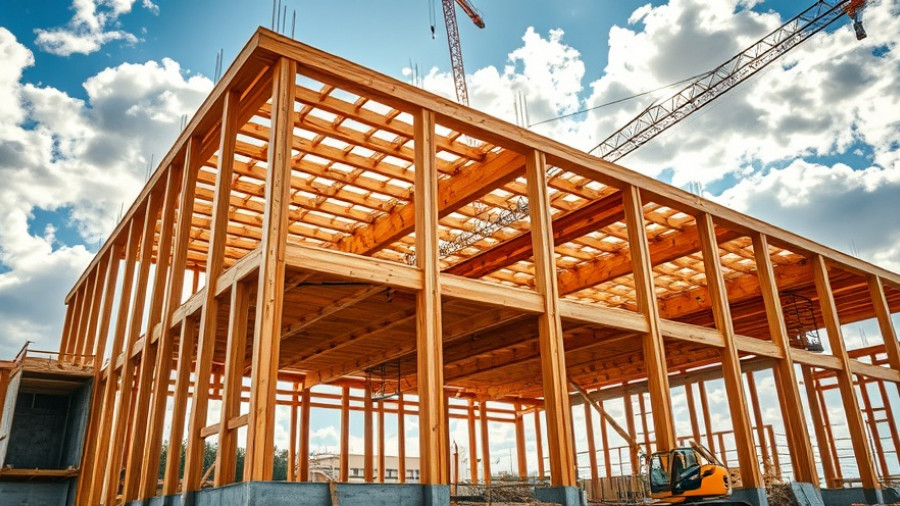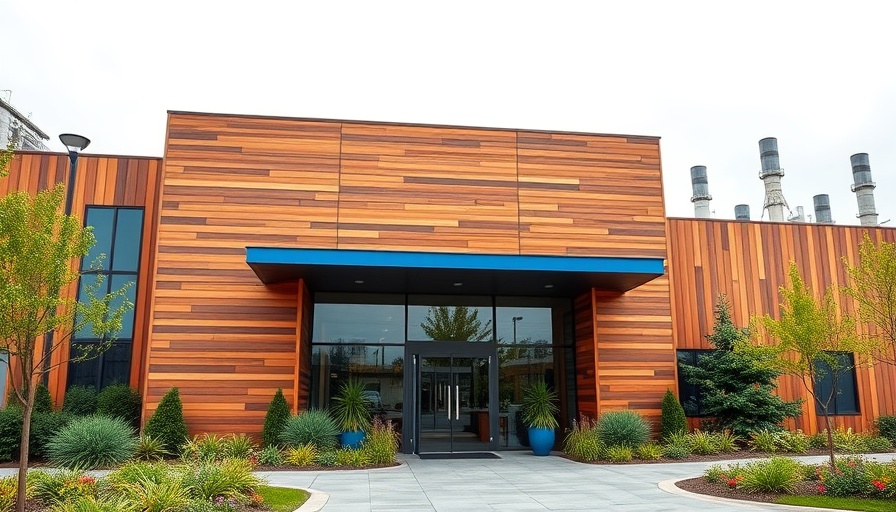
Controversial Funding for Arkansas Prison Project
The recent announcement that JE Dunn and Nabholz Construction will lead the construction of a proposed $825 million, 3,000-bed prison in Franklin County, Arkansas, has ignited considerable debate among residents and stakeholders. This facility, aimed at addressing severe prison overcrowding in the state, represents one of the largest public investments in Arkansas history. While the Arkansas Board of Corrections has approved the contracting team, the defining hurdle remains securing adequate funding for the ambitious project.
Infrastructure Concerns Amid Construction Plans
Local opposition to the prison plan has been vocal, with many residents expressing concerns over the existing infrastructure to support such a large facility. The location, bought from the Arkansas Board of Corrections in 2024, is characterized by challenging topography that may complicate logistics, accessibility, and construction processes. Additional community concerns revolve around potential declines in property values and the provision of adequate public services for an influx of inmates and staff. These factors raise significant questions about the adequacy of the current infrastructure to handle the demands of a major correctional institution.
Economic Implications and Job Creation
The proposed prison is not merely a structure for housing inmates; it represents significant potential economic implications for the surrounding region. Proponents argue that the construction phase alone could create hundreds of jobs, providing a temporary boost to the local economy. However, the challenge lies in ensuring that the prison can operate sustainably in the long term, particularly as funding remains uncertain. Without a solid financial backing, the job creation impact could remain limited to the construction phase, with fewer ongoing employment opportunities for local residents after the prison opens.
Legislative Hurdles and Public Backlash
Funding for the prison has faced legislative challenges, including multiple failed attempts to pass a bill appropriating up to $750 million for the project in the Arkansas State Senate. This legislative gridlock raises serious questions about the viability of the prison, especially given the conflicting amendments proposing a higher budget—a projected $1 billion. Residents have been actively opposing the financial commitment, raising concerns about transparency and the true costs of such a facility when benchmarked against similar projects across the country.
Future Projections: Is the Prison Project Worth It?
As stakeholders evaluate the long-term value of investing in this massive correctional complex, the question remains whether the benefits of addressing overcrowding and creating jobs outweigh the community's growing apprehensions. Social equity, infrastructural readiness, and economic sustainability must be central to any decision moving forward. Given the contentious nature of the project, transparent dialogue among state officials, local communities, and regulatory bodies will be crucial in shaping its future.
Take Action Now to Influence Change
As the Arkansas prison project unfolds, the voices of local stakeholders grow ever more important. Residents and interested parties are encouraged to engage in public forums, advocate for community concerns, and participate in discussions on how this project can truly serve the betterment of Franklin County. Your involvement can make a real difference in shaping a facility that aligns with community interests while effectively addressing the issue of overcrowding in Arkansas's correctional system.
 Add Row
Add Row  Add
Add 




Write A Comment